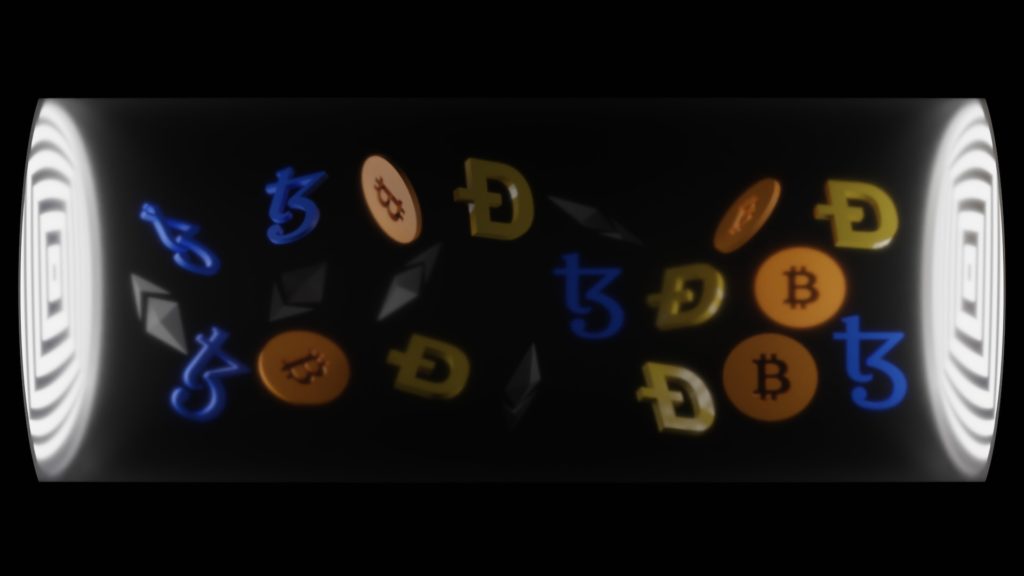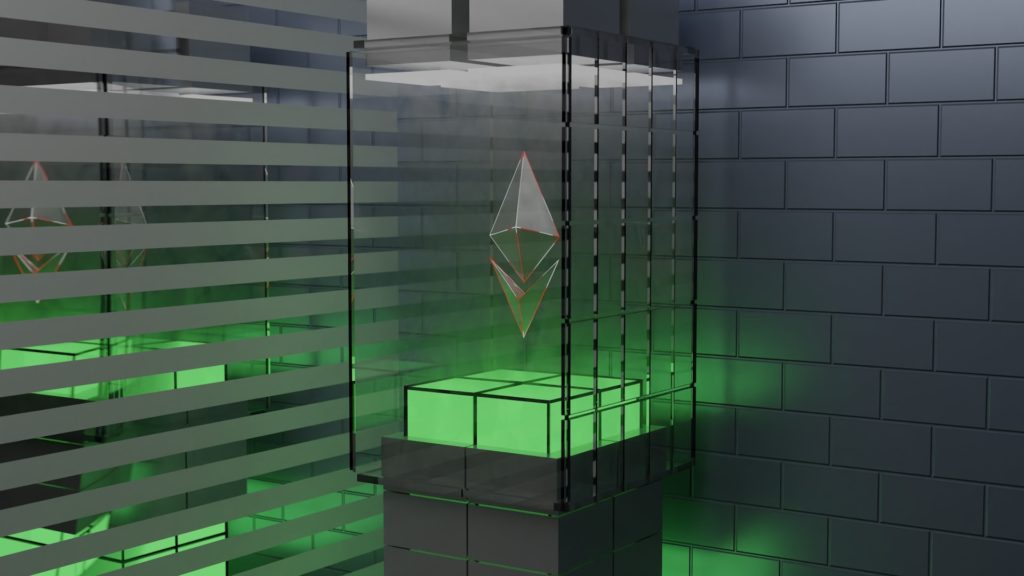Table of Contents
As we approach the dawn of web3, many of you are wondering what the so-called new internet era will look like. Is it just buzzword-worthy jargon, or is it a game-changing concept? How will web3 change your online presence and the way you interact with audiences—from creating a website to branding and marketing your talents—especially for independent creatives and small businesses?
While there is still a lot we don’t know about web3, experts, proponents, and detractors are already talking about the hopes, technologies, potential benefits, and potential pitfalls. And many brands and industries have begun to implement some basic web3 components.
In this article, I’ll break down everything you need to know about the evolution of our internet, including what web3 is, its distinguishing characteristics, and how it may impact our online worlds.
What is Web3?

While it hasn’t fully arrived yet, web3 refers to the internet infrastructure that is currently being built. According to web3 supporters, the future internet will provide a more tailored, intelligent, and autonomous browsing experience than we currently have.
Gavin Wood, a co-founder of Ethereum, came up with the concept of web3 in 2014. It is based on a Tim Berners-Lee concept known as “web 3.0” or “The Semantic Web.” Wood summarizes his web3 vision in a 2021 Wired interview: “More truth, less trust.”

Web3 promises to use blockchain technology to create a decentralized internet ecosystem, which has piqued the interest of the business community. According to the New York Times, venture capital firms invested more than $27 billion in crypto-related projects in 2021, with a large portion of that going toward building web3.
However, even consumer-friendly brands have jumped on the web3 bandwagon. Reddit is preparing for cryptocurrency technology by tokenizing “Karma Points” on its platform, according to reports. Nike’s recent acquisition of digital fashion brand RTFKT places them among the many fashion brands preparing to go digital.
There are a few cynics for every optimist. Because web3 has not yet been fully implemented, no one can testify to its success or failure. A few well-known applications have already made web3 more tangible than a theoretical concept. That, and our globally battered post-pandemic ethos—ready for whatever comes next.
Defining Components and Features of Web3

It is too early to define web3 precisely, so we cannot go into detail about how to create a website or prepare your business for this new era. However, we can still look at emerging principles and driving technologies to better understand web3’s future vision and how it will differ from the web we know today.
Web3 is based on the Semantic Web concept, which Berners-Lee envisioned as a “web of data” and a collaborative medium, “a place where we [could] all meet, read, and write.”
Web3 is being driven by the following emerging technologies:
- Blockchain technology;
- Decentralization;
- Artificial intelligence;
- Cryptocurrency;
- DeFi;
- DAO;
- dApps;
- User autonomy;
- User anonymity.
Web3 as We Know it Today

Many existing technologies fall into the web3 category. Some of the technologies mentioned above are likely familiar to you, and you may have even used them. While none of these innovations are fully fleshed-out web3 ecosystems, they are gradually shaping the future landscape:
Brands in the metaverse
The interactive, immersive, and universal social media platform has the potential to open up a new virtual world for the creative economy. Although the term “metaverse” is a bit of a misnomer, many businesses are experimenting with VR and AI technology in order to future-proof their brand. Balenciaga, Prada, and Thom Browne have all launched digital fashion collections for avatars, and Institute has curated NFT exhibitions in the metaverse.
The NFT hype
An NFT is a one-of-a-kind digital data unit that is stored on a blockchain. By allowing authenticated ownership of digital files, these have already revolutionized the gaming, collectibles, and art industries. Many artists now create and sell NFTs on crypto-driven digital marketplaces, or display them in digital art portfolios.
Investment in cryptocurrencies
The global popularity of cryptocurrencies is difficult to ignore. Since the introduction of Bitcoin in 2009, many individuals and businesses have been inspired by the new economic system’s ideology and have invested in over 4,000 different types of cryptocurrencies.
Limits and Early Criticism of Web3

Web3 is not, however, all hype. Even with advanced decentralizing technology, some early critics are skeptical of the feasibility of a more democratized web.
Others argue that the blockchain technology should not be used or evaluated because it is simply too new. Tim O’Reilly, the author of What is Web 2, claims that the system is not yet sufficiently developed to bridge the gap between decentralized technologies and non-web3 assets and systems. This is despite the fact that the tech community has previously cycled through the compelling ideals of web3.
Many critics also question web3’s long-term viability. While the accessibility of blockchain technologies inspires organizations and brands to promote and raise funds for environmental causes, the cost of these transactions is detrimental to the environment. Some organizations are already working to shed light on these pitfalls and reduce web3’s environmental impact.
Disclaimer: The opinion expressed here is not investment advice – it is provided for informational purposes only. It does not necessarily reflect the opinion of EGG Finance. Every investment and all trading involves risk, so you should always perform your own research prior to making decisions. We do not recommend investing money you cannot afford to lose.
 English
English Français
Français Español
Español Bahasa Indonesia
Bahasa Indonesia 中文 (中国)
中文 (中国) Русский
Русский Português
Português Deutsch
Deutsch

